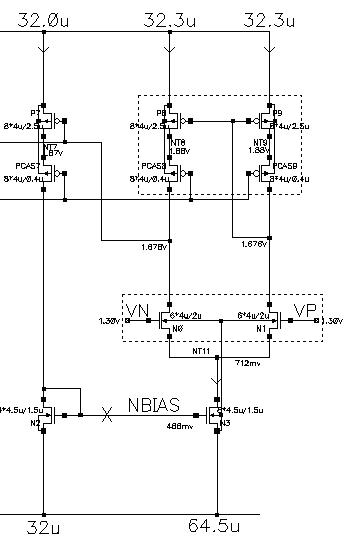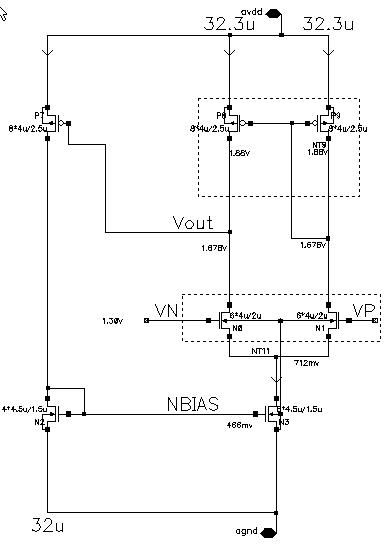rogerqin
Junior Member level 1
When simulating opamp, I found that when applying a constant voltage to NBIAS, the gain of the opamp is nearly 50dB, but when self biasing the gain of the opamp boosted to nearly 90db.
Who can explain this problem detailed for me, thanks!

Who can explain this problem detailed for me, thanks!

